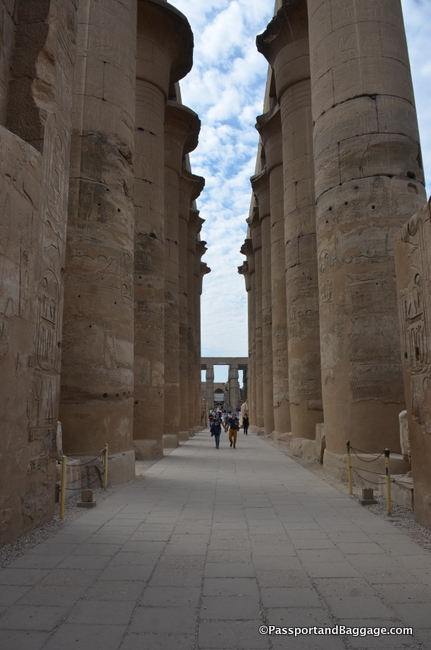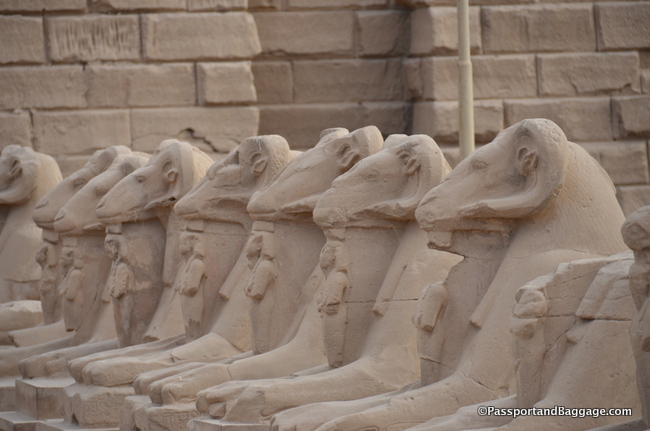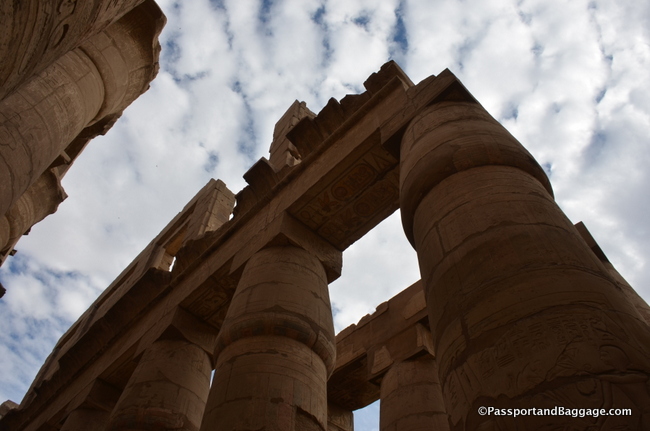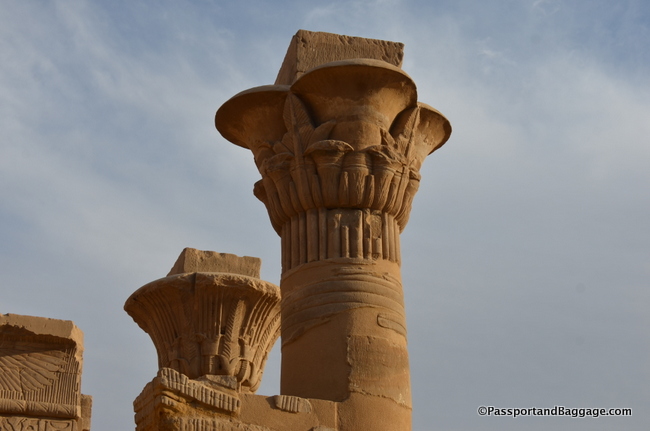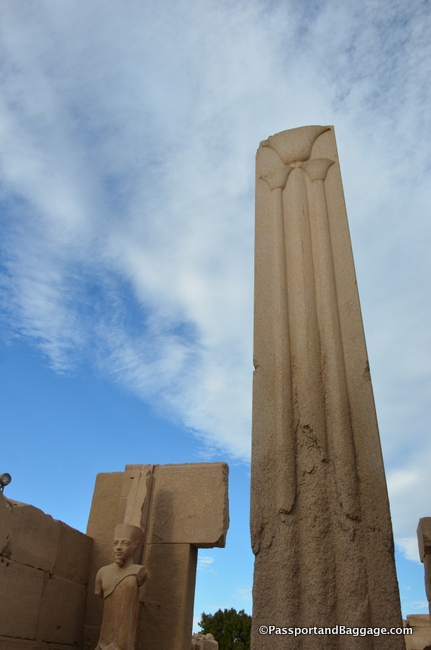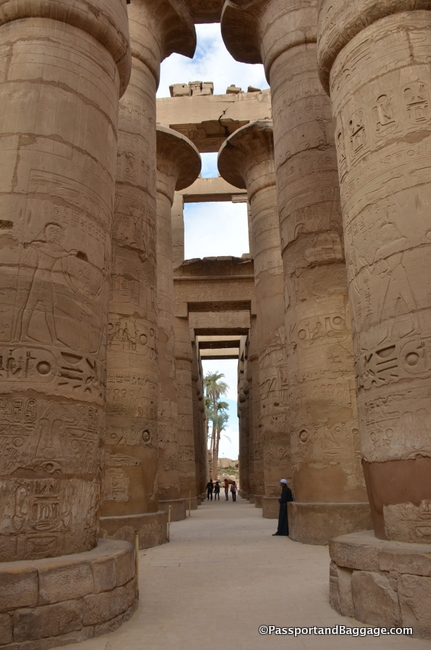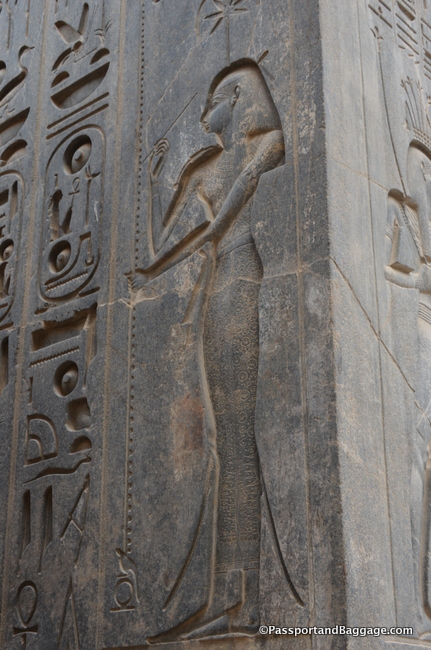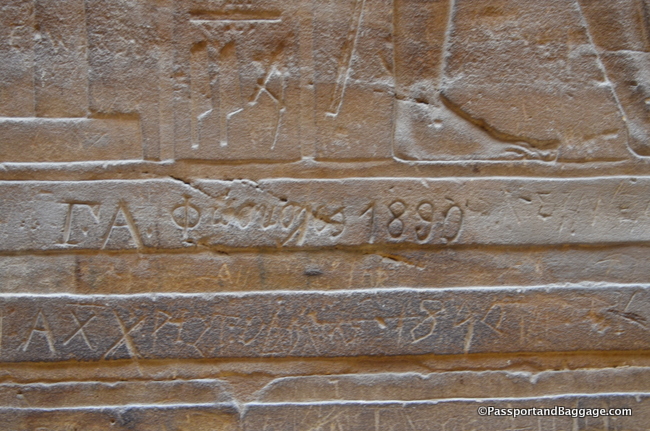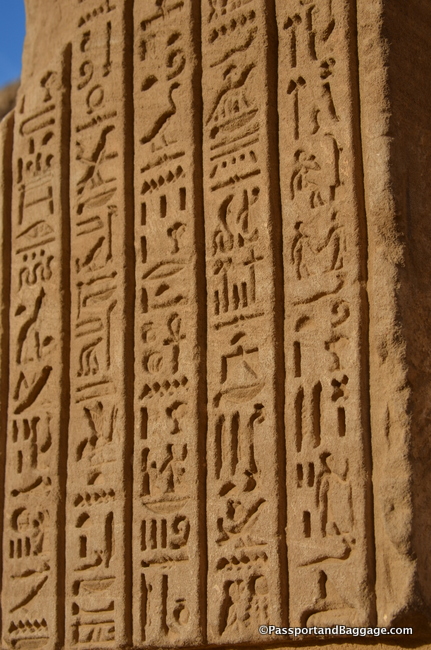Luxor
January 2, 2019
Cult temples Karnak and Luxor are linked in history and love. You can not do one without the other.
The Opet Festival was an ancient Egyptian festival in the second month of the lunar calendar. In the celebration of Opet, the god Amon, Mut, his consort, and Khons, their son, made a ritual journey from their shrines at Karnak to the temple of Luxor (called Ipet resyt in pharaonic Egyptian, hence the name of the festival). The statues remained in the temple of Luxor for about 24 days, during which the city partied. The images were returned by the same route to their shrines in Karnak in a second public appearance that closed the festival.
Luxor Temple
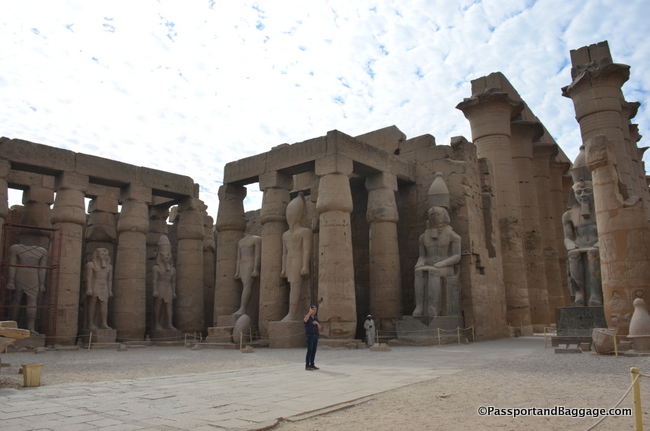
Luxor temple was built by Amenhotep III (1390-52 BCE) but completed by Tutankhamun (1336-27 BCE) and Horemheb (1323-1295 BCE) and then added to by Rameses II (1279-13 BCE). Toward the rear is a granite shrine dedicated to Alexander the Great (332-305 BCE).

For thousands of years, the temple was buried beneath the streets and houses of Luxor. Eventually, the mosque of Sufi Shaykh Yusuf Abu al-Hajjaj was built over it. This mosque was carefully preserved when the temple was uncovered and forms an integral part of the site today.
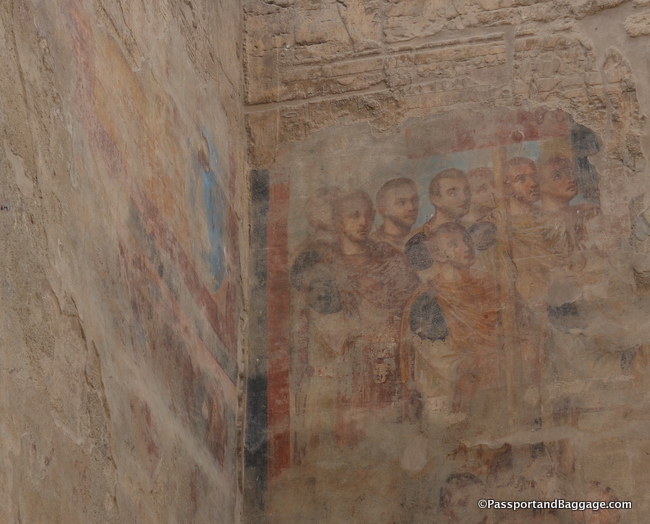
The temple has been in almost continuous use as a place of worship right up to the present day. During the Christian era, the temple’s hypostyle hall was converted into a Christian church, and the remains of another Coptic church is also on the site
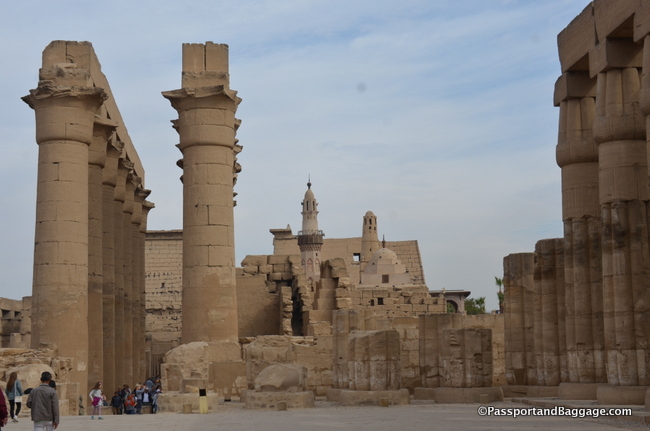
On the left, you can see a colonnade of seven pairs of 52-foot high open-flower papyrus columns. It was begun by Amenhotep III and completed by Tutankhamun
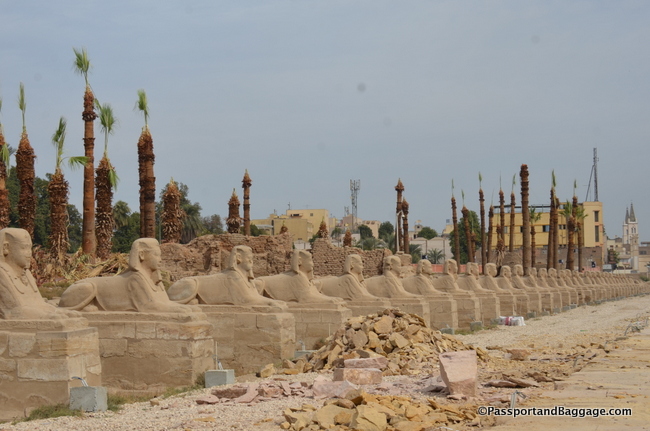
An avenue of approximately 1350 human-headed sphinxes covering over one and a half miles once connected the temples of Karnak and Luxor. This road was used once a year during the Opet festival.
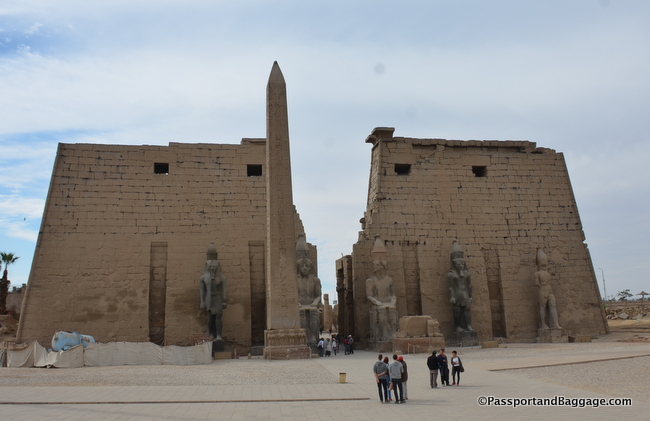
Two 80 foot pink granite obelisk built by Ramesses once stood before the gateway but today only one remains the other stands in the Place De La Concorde in Paris. Four sacred baboons are carved on the pedestal and the names of Ramesses appear on each side of the obelisks.
Karnak Temple
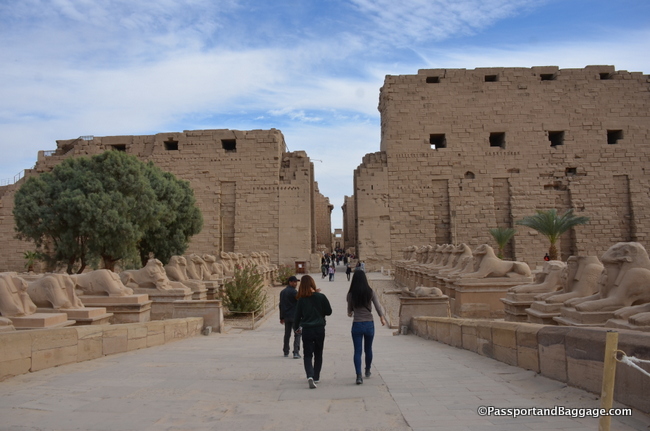
The first pylon is the last to be built at Karnak and is the main entrance into the temple today. It was never completed and is undecorated; even the remains of the mud brick ramps, used to build, it can still be seen inside the great court.
*
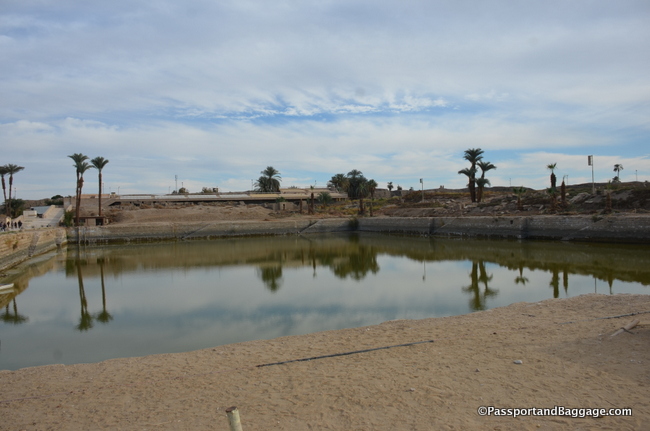
Karnak Temple Sacred Lake is the largest of its kind and was dug by Tuthmosis III (1473-1458 BCE). It measures 393 feet by 252 feet and is lined with stone wall and has stairways descending into the water.
The lake was used by the priests for ritual washing and ritual navigation. It was also home to the sacred geese of Amun (the goose being another symbol of Amun) and was a symbol of the primeval waters from which life arose in the ancient Egyptian’s idea of creation.
Random shots from both temples
